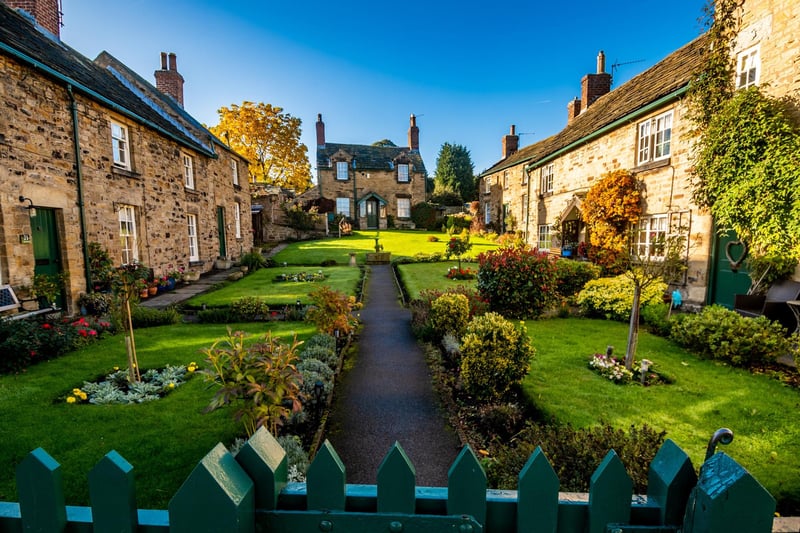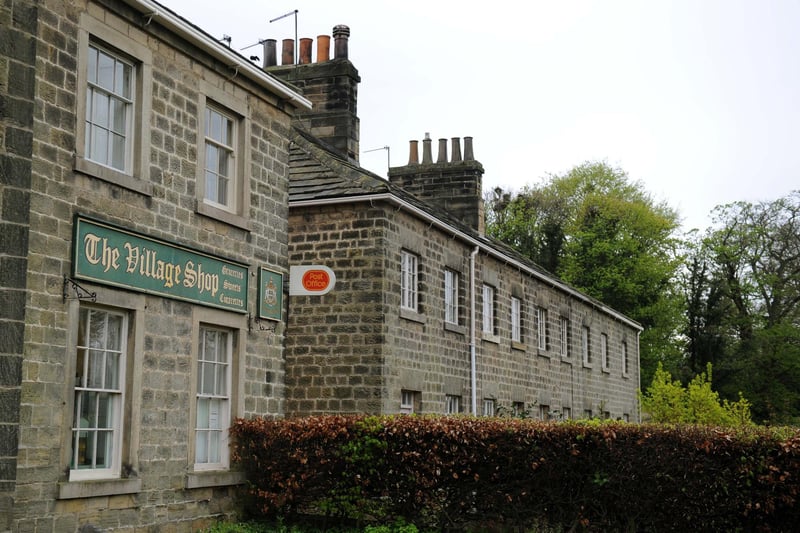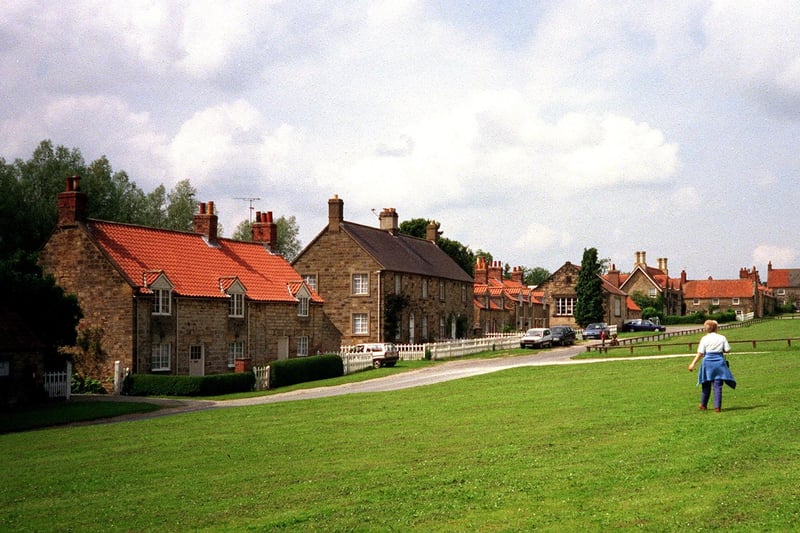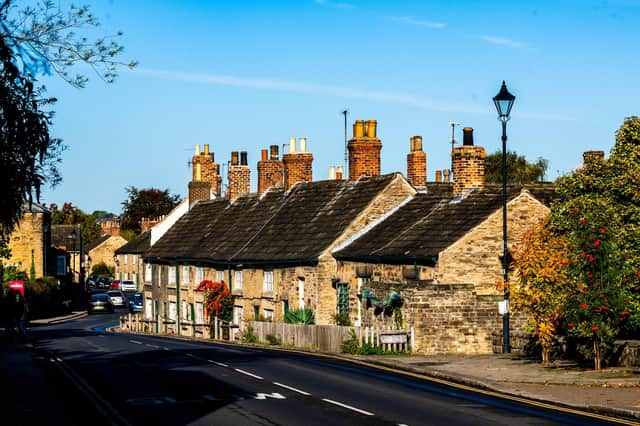These villages sprung up on the landed estates of the gentry, mostly from the 18th century onwards when large numbers of staff were needed to work in the houses, gardens, parkland and estate businesses. Workers were given tenancies on their cottages and in some case commercial premises such as shops. In Yorkshire, many of these villages are still overwhelmingly owned by the family at the ‘great house’, such as the Worsleys of Hovingham Hall. Others are part of an estate where the house has been sold off or demolished but the surrounding land and farms remain in the family or a trust, such as Wentworth near Rotherham, which is managed separately to Wentworth Woodhouse. Others are no longer owned by any estate, but retain their historic features and are still well-preserved.

1. Wentworth
Wentworth is the estate village for Grade I-listed Wentworth Woodhouse, near Rotherham. After the Earls Fitzwilliams' descendants sold the house in the 1980s, they retained ownership of the village, farms and other holdings. Most of the property in Wentworth today is tenanted, and recognisable for the distinctive dark green paintwork. There is a shop, two pubs, a blacksmiths' forge, post office and the building yard has been converted into business space. Photo: James Hardisty

2. Harewood
Harewood, between Leeds and Harrogate, is still mainly owned by the Lascelles family, Earls of Harewood. The original 18th-century cottages, which are Grade II-listed, are estate properties, and tenancies are given mainly to staff. The are several farms, a shop, post office and pub. Photo: Gary Longbottom

3. Cawthorne
Cawthorne near Barnsley was once part of the Spencer-Stanhope family's Cannon Hall estate, and at one point they owned around 90 per cent of properties in the area surrounding the house. They sold up in the 1950s, with the hall being taken over as a museum by Barnsley Council. The home farm was purchased by the Nicholson family, who have developed it into the Cannon Hall Farm visitor attraction. The 300-year-old pub, The Spencer Arms, is named after the family. Photo: Gary Longbottom

4. Coneysthorpe
Coneysthorpe, along with Terrington and Welburn, is one of several villages on the Castle Howard estate, near Malton. The house is still in Howard family ownership and they have 170 properties that are let to tenants, many of them listed cottages. Photo: Frank Wilkinson


